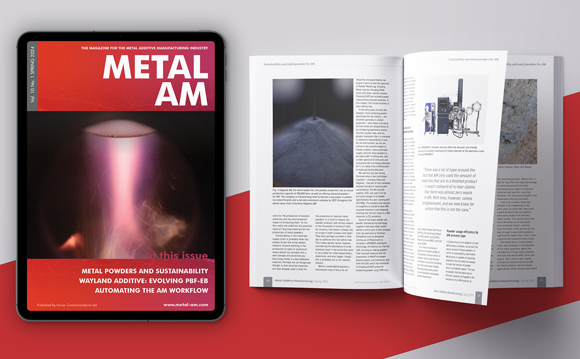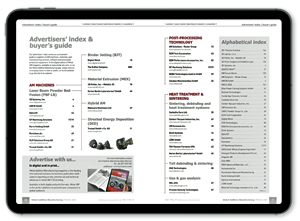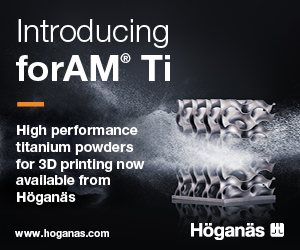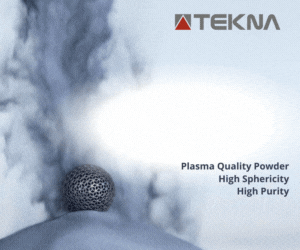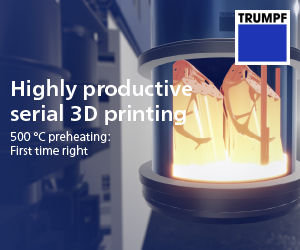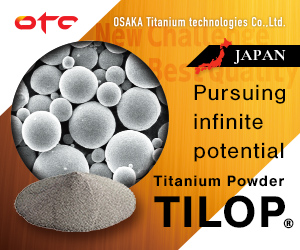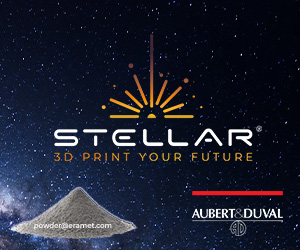HRL engineers use nanoparticles to additively manufacture high-strength aluminium
September 22, 2017
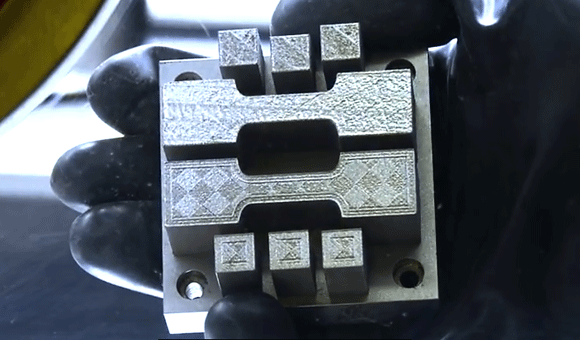
HRL researchers have developed a technique for AM of high-strength aluminium alloys
HRL Laboratories, LLC, Malibu, California, USA, formerly Hughes Research Laboratories, states that its researchers have developed a technique for successfully additively manufacturing high-strength aluminium alloys, which it states opens up a new chapter in the Additive Manufacturing of metals for research, industry, and defence.
The materials which can now be additively manufactured include the unweldable alloy types Al7075 and Al6061. These alloys are very desirable for aircraft and automobile parts, but until now have been very difficult to additively manufacture due to the severe hot cracking they experience.
HRL’s researchers have developed a nanoparticle functionalisation technique which it states solves this problem by treating high-strength unweldable alloy powders with specially selected nanoparticles. When the nanoparticle-functionalised powder is fed into a metal Additive Manufacturing system, the nanoparticles act as nucleation sites for the desired alloy microstructure, preventing hot cracking and allowing for the retention of full alloy strength in the manufactured part.
“We’re using a 70 year old nucleation theory to solve a 100 year old problem with a 21st century machine,” Hunter Martin, who co-led the team with Brennan Yahata, explained. “Our first goal was figuring out how to eliminate the hot cracking altogether. We sought to control microstructure and the solution should be something that naturally happens with the way this material solidifies.”
To find the correct nanoparticles for the properties they required, in this case zirconium-based nanoparticles, the HRL team worked with data informatics company Citrine Informatics. “Using informatics was key,” stated Yahata. “The way metallurgy used to be done was by farming the periodic table for alloying elements and testing mostly with trial and error. The point of using informatics software was to do a selective approach to the nucleation theory we knew to find the materials with the exact properties we needed. Once we told them what to look for, their big data analysis narrowed the field of available materials from hundreds of thousands to a select few. We went from a haystack to a handful of possible needles.”
HRL’s nanoparticle functionalisation can also be used to make unweldable alloys weldable. This technique is also scalable and employs low cost materials. Conventional alloy powders and nanoparticles produce printer feedstock with nanoparticles distributed uniformly on the surface of the powder grains.



